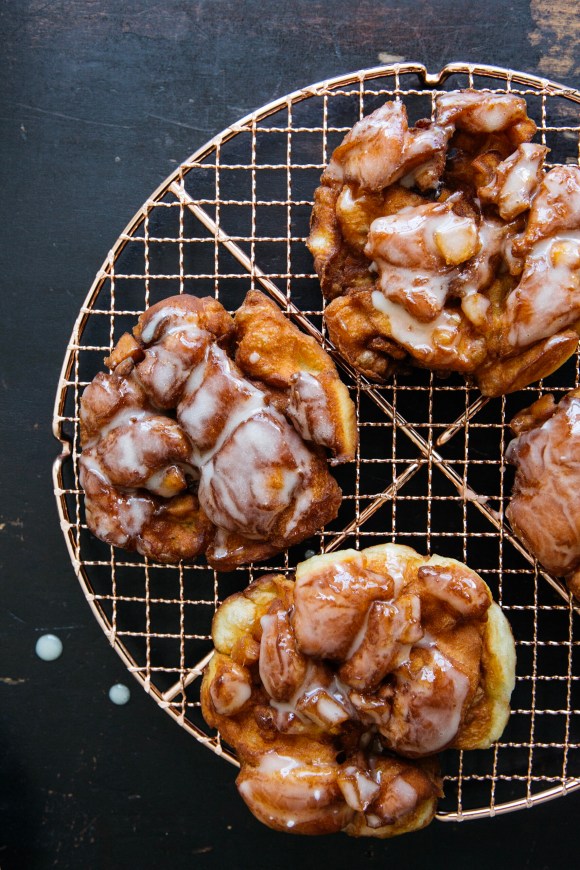
May means the beginning of strawberry season. Strawberries are the first fruit to kick off the parade of summer produce. A procession of peaches, blackberries, muscadines and figs quickly follow. I finally finished writing and editing my cookbook and am in desperate need of sunshine and loads of preserving. Preserving seems to unsettle some, but to me it’s relaxing. I love gathering quilted glass jars and watching them reflect in the morning light onto my white marble countertops, listening to the blip, blip, blip of the strawberries as they schmooze with the melting vanilla sugar. In a matter of moments, the kitchen fills with a fragrant cloud of sweet strawberries. To me, preserving is a practical, tangible way of suspending a moment in time before it has a chance to pass me by.

Whenever I bring strawberries home, I tip them into a bowl filled with 1 part distilled white vinegar to 4 parts cold water. Let them sit in the vinegar water for 10 minutes. Swish the berries around and rinse well in cold water. Line a rimmed baking sheet or plate with paper towels and allow the berries to air dry in a single layer. If you aren’t using the berries that day, cover loosely with paper towels and stash them away in the fridge for 3-5 days. (The vinegar water cleans the berries and keeps the berries fresh for a few days.) To hull the strawberries, take a paring knife in one hand and a strawberry stripped of its leaves in the other. Spin the strawberry around the tip of the paring knife, removing the green stem and white column in the center of the berry.

I love serving these preserves on hot toast slathered with butter, or on waffles, pancakes and French toast. They are beautiful folded into softly whipped cream or spooned over vanilla ice cream for effortless summertime desserts.

Strawberry & Vanilla Bean Preserves
Adapted from Canal House Cooks Everyday
Makes 4, half-pint jars
Note: The lemon peel serves two purposes. The first is for flavor, but the second is the most important. Strawberries, like most soft fruits, are low in pectin, but citrus pith is high in pectin. (It’s what gives marmalades that beautiful jelly-like consistency.) Make sure you don’t skip on the pith!
1½ cups granulated sugar
1 vanilla bean, cut in half lengthwise, seeds scraped out
4 cups organic strawberries, washed and hulled, larger berries cut in half
Peel of 1 lemon, including the white pith (See Note)
Blitz granulated sugar and the vanilla bean seeds in a food processor for 30 seconds. Set aside.
Tumble the hulled strawberries in a heavy-bottomed pot. Fold in the sugar and bring to gentle boil over medium heat stirring occasionally, about 5 minutes. Using a slotted spoon, gently lift the berries from the syrup and lower them into a shallow bowl. Add the lemon peel to the syrup and bring to boil for about another 5 minutes, or until the syrup has thickened. Remove from the heat. Let the syrup cool slightly, and then slide the berries back in the syrup. Cover and set aside at room temperature, about 6 hours or overnight. Remove the lemon peel and ladle the preserves in sterilized jars and stash away in the fridge up to 1 month.






























